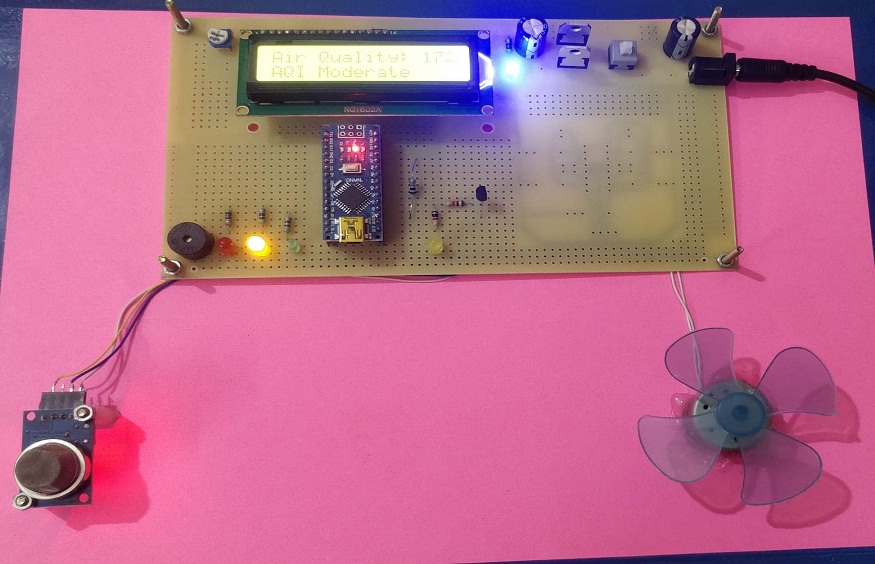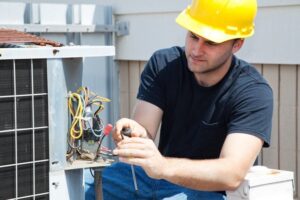The Role of Air Quality Monitors in Educational Spaces
3 min read
Version 1.0.0
Indoor air quality is vital in every environment, but especially in educational settings where kids, faculty, and staff spend extended periods together. Maintaining a clean, healthy atmosphere can directly impact well-being, productivity, and general health. Using air quality monitoring devices is one of the most practical strategy to preserve good indoor air quality. By monitoring and controlling the variables that impact air quality, this technology makes everyone’s surroundings safer and more comfortable.
Improving Well-Being and Focus
It takes good air quality to support both mental and physical well-being. Headaches, exhaustion, and respiratory problems brought on by poor air quality can impair learning and concentration. Sustaining high indoor air quality levels in learning environments promotes improved concentration and mental clarity. Schools and learning centres can monitor pollutants, including carbon dioxide (CO2), particle matter, and humidity levels, by installing air quality monitoring equipment. When pollutants reach harmful levels, changes can be made to the interior environment to support learning objectives and health.
Recognising and Controlling Pollutants
A variety of indoor pollutants, many of which are invisible without adequate monitoring, might be present in educational facilities. The chemicals in cleaning products, dust, mould, and emissions from building materials are common causes of indoor air pollution. Air quality monitoring equipment gives data on air quality levels in real-time and assists in locating these hidden pollutants. Pollutants can be reduced or eliminated when issues are identified, whether through better ventilation or altered cleaning procedures.
Improved Ventilation
The maintenance of healthy indoor air quality is largely dependent on ventilation. Pollutants can build up in areas with little airflow, creating unhealthy air that can exacerbate allergies or respiratory issues. Air quality monitoring equipment measures CO2 levels to determine whether ventilation is sufficient. A high CO2 level indicates a need for improved ventilation in the area. Using this information, educational places may preserve clean, fresh air by adjusting ventilation systems, opening windows, and implementing other alternatives.
Enhancing Comfort and Health
A welcoming atmosphere is crucial for workers and students alike. Conditions such as humidity, temperature, and air quality can all greatly impact discomfort. By keeping track of these factors, air quality monitoring equipment aids in preserving the proper equilibrium. For example, low humidity can result in dry skin and lung irritation, while high humidity might induce pain and mould growth. By keeping these elements within healthy ranges in educational facilities, learning and teaching environments can be more comfortable and conducive.
Long-Term Advantages for Buildings
In addition to improving people’s health and comfort, routine indoor air quality monitoring safeguards the educational institution. Buildings can sustain long-term damage from pollutants like dampness and dust, necessitating expensive repairs. Air quality monitoring equipment can help prevent this by identifying regions with continuously poor air quality or excessively high humidity levels. Early resolution of these problems will help educational spaces preserve their structural integrity and longevity by preventing damage to the ceiling, walls, and other elements.
Conclusion
When designing quality monitoring equipment, creating hygienic and effective learning environments is essential. By tracking pollutants, enhancing comfort, and building protection, these monitors guarantee the safety of students, instructors, and staff safety within indoors. By using this technology in educational environments, air quality may be better managed, which benefits everyone’s success and general well-being.






